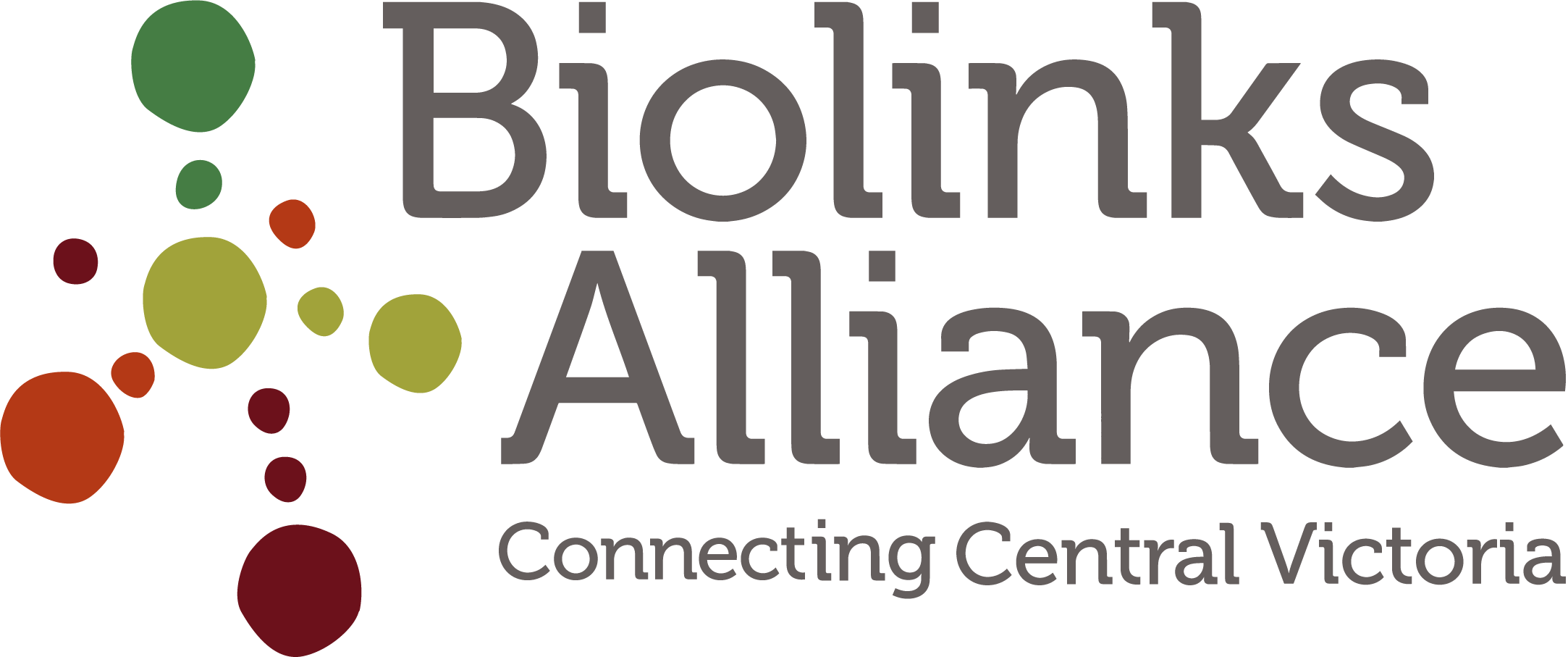Public Reserves
Crown land reserves are owned by the State of Victoria and come under a wide range of laws and government departments. Some parks and reserves are small and well-groomed public parks primarily used for urban recreation (see Urban Parks) and some are natural bushland reserves ranging from the many little-known patches along roads and streams through to the large national parks with a major focus on biodiversity conservation.
These bushland reserves are an important part of the matrix of protected land in Victoria (along with Indigenous Protected Areas and private land and some Council reserves covenanted with Trust for Nature). The larger reserves are core areas for the conservation of many species. Source populations of species in the larger reserves provide the individuals that disperse across the landscape and colonise other patches. Biolinks provide the networks of corridors and stepping stones that enable this dispersal from and between the larger reserves.
They are also important for people, for a range of active recreations such as bushwalking, mountain biking and skiing, and for enjoyment of the plants and animals and landscapes – and just the ambience of natural places. Some reserves also allow horse-riding, motorbikes and 4WDs but these uses are more restricted.
The Victoria Environmental Assessment Council (and its predecessors, the LCC and ECC) continues to identify and recommended the purpose and uses of crown land across Victoria – including their role in biodiversity conservation. Most crown conservation reserves are managed by Parks Victoria but their ability to manage all these reserves is limited by funding. Groups of volunteers (Friend’s Groups) provide some support to PV. Committees of Management comprising local councils or community groups are often set up by the Department of Land, Water and Planning (DELWP) to manage some smaller crown reserves.
What you can do
Follow the rules about what you – and other people - can and cannot do in conservation reserves. The rules reflect the purposes of the reserve. This can include no pets to protect wildlife, no firewood collection, requests to clean footwear to prevent spread of disease, and no-go (“reference”) areas that are particularly sensitive to the impact of people.
Be a volunteer. You can join a Friends Group - visit the Victorian Environment Friends Network and explore the Friends Finder. Or join a local Committee of Management, or just volunteer for one-off or annual activities such as National Tree Day (find a local site through Planet Ark) and Clean-up Australia Day (through their website or local Council).
Find out about your local reserves and how they are protected. The easiest approach is to visit your local Council and Parks Victoria offices (or Visitor Centres). But this information does not include the many small reserves scattered through the landscape. The Victorian Environmental Assessment Council’s Statewide Assessment of Public Land provides information on the classes and purposes of crown land reserves. The Central West Investigation makes land use recommendations based on this classification in part of Victoria, and there are other documents on public land use in Victoria going back to the 1970s. DELWP’s Mapshare at Interactive Maps is useful for finding the smaller local crown land reserves.
Join a group that advocates on behalf of our bushland areas and write your own submissions to government and VEAC inquiries. Lead groups include Victorian National Parks Association but there are many local, regional and Australia-wide groups.
